Business

5 min
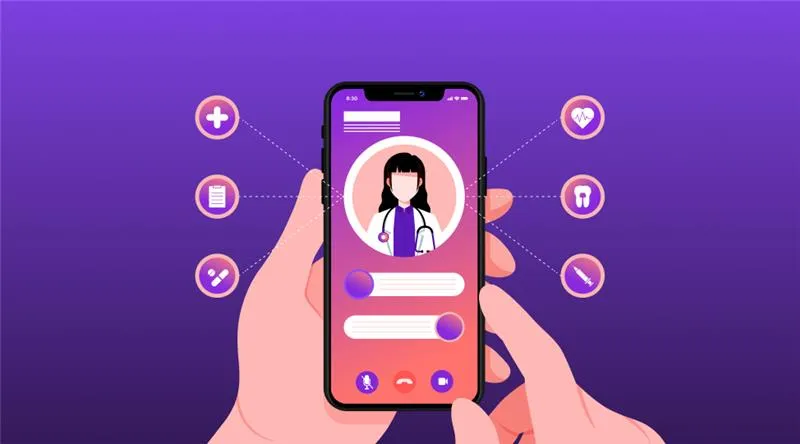
Telemedicine app development is transforming healthcare by enabling secure, remote care through video, chat, and monitoring tools. Telemedicine apps support urgent care, chronic management, and mental health, while key features include e-prescriptions, EHR integration, and secure payments. Choosing the right telemedicine app development services partner requires proven healthcare expertise, HIPAA/GDPR compliance, scalable cloud architecture, transparent pricing, and strong post-launch support.

By Garima Saxena
24 Oct, 2025
Telemedicine is reshaping care worldwide. The market was USD 62B in 2023 and is projected to reach USD 475 billion by 2030, with a 28% CAGR (Fortune Business Insights). Demand for remote care is rising. Regulations now support safe adoption.
Global snapshot
Why your telemedicine app developers' choice matters.
Rapid growth brings risk. Apps must scale, secure patient data, and meet health laws. Therefore, choose a telemedicine app development company with a deep understanding of healthcare, strong security, and modern technology stacks.
This guide explains how to choose a telemedicine app development company that understands healthcare compliance, technical innovation, and user-centric design, and that builds future-ready platforms that deliver secure, scalable, and impactful digital care solutions.
Telemedicine app development focuses on building secure, compliant digital platforms that effectively connect patients and healthcare providers.
These platforms are essential for establishing scalable care delivery, streamlining operations, and substantially improving patient outcomes.
The core functionality of these telemedicine apps includes advanced virtual consultations, seamless integration with Electronic Health Records (EHRs), and robust Remote Patient Monitoring (RPM).
Successfully deploying a modern platform requires strict adherence to regulations such as HIPAA, positioning the solution as a strategic asset for future-proofing healthcare delivery.
Telemedicine apps are made in different ways. They can be grouped by the technology they use. They can also be grouped by the kind of care they provide.
These apps utilize various tools to assist you.
Many apps focus on specific areas of healthcare. This helps you find the right specialist for your needs.
Building a telemedicine app requires specialized tools. These tools are also known as the tech stack. They work together to make sure the app is powerful, safe, and easy to use for everyone.
The frontend is the user interaction layer where doctors, patients, and healthcare professionals engage with the application. It should offer a smooth, visually appealing, and easily navigable interface that is accessible across various devices.
The backend powers the core functionalities, managing data processing, storage, user authentication, and third-party integrations vital to telemedicine's operation.
Manages the secure persistence of all sensitive patient data and employs specialized protocols, such as WebRTC, to enable instant, high-quality video, audio, and chat consultations.
Strong cloud infrastructure and DevOps ensure that telemedicine apps run smoothly, handle increased user traffic, and receive updates without downtime.
Security remains a top priority in telemedicine, as sensitive health information is transmitted and stored.
AI technologies offer enhanced capabilities that improve the patient experience and healthcare outcomes.
Ongoing performance tracking and user analytics facilitate continuous improvement.
Monitoring Platforms: Technologies such as Prometheus, Grafana, New Relic, and Datadog monitor app health, performance, and errors, issuing alerts and enabling rapid response to issues.
User Analytics: Google Analytics, Mixpanel, and Amplitude collect data on user activity and engagement, providing valuable insights to marketers and product teams that enable them to optimize app functionality and enhance user satisfaction.
This detailed technology stack ensures that telemedicine applications are reliable, scalable, secure, and deliver a seamless care experience to users worldwide while fully complying with healthcare regulations.
Telemedicine applications play a critical role in advancing healthcare organizations by enhancing clinical delivery and expanding patient access. These platforms are reshaping healthcare delivery models, providing substantial benefits for providers, patients, and the broader healthcare system.
Telehealth solutions enable healthcare providers to reduce operational expenses significantly. Patients also benefit by saving on travel costs and avoiding time off work. Virtual consultations typically offer a more affordable alternative to traditional in-office visits, delivering cost savings for both parties.
Telemedicine apps help people who live far away from medical facilities. It connects them with doctors online. Consequently, this helps solve the doctor shortage in rural areas.
These apps help patients manage their own health. They can track their progress from the comfort of their own homes. As a result, they manage long-term health issues more effectively. They also adhere more closely to their treatment plans.
Flexible booking reduces missed appointments. Virtual visits are an easy option for patients. Therefore, this saves doctors time. It also helps patients get consistent medical care.
Good telehealth apps need key features. These features make them helpful and safe. They also make the apps easy to use. As a result, doctors and patients have a good experience.
Remote Consultations
It allows doctors and patients to communicate via video. They can also use audio calls. As a result, patients can receive medical help anywhere. Good call quality is needed for this to work.
Care Through Chat and Messages
Patients communicate with healthcare providers by sending messages, photos, or files, which the providers review and respond to either promptly or at their convenience. This asynchronous communication method is particularly suitable for addressing non-urgent medical issues.
Multiple Healthcare Services (general to specialized care)
A comprehensive telemedicine app provides a wide range of healthcare services, encompassing both general and specialized care. This enables patients to easily connect with the appropriate healthcare professionals, such as dermatologists or pediatricians, ensuring access to tailored medical expertise.
Easy Appointment Booking
Patients need easy booking options. The app must show when the doctor is free. Also, flexible booking helps lower a doctor's stress. It gives them more control over their work.
Shorter Wait Times
These apps reduce your wait time. This is because virtual visits are fast and easy. Also, chatbots can answer simple questions. This enables the medical staff to focus on larger tasks.
Connects with Health Records
Integration with electronic health record (EHR) systems centralizes patient information in a secure, accessible location. This enables healthcare providers to review comprehensive medical histories efficiently, reducing errors and saving valuable time during consultations.
Safe Video, Audio, and Chats
Patient privacy is a top concern. For this reason, all talks in the app must be safe.
Digital Prescriptions (eRx)
Healthcare providers can create and electronically transmit prescriptions directly through the telemedicine app. These prescriptions are securely sent to the patient’s chosen pharmacy, streamlining the medication fulfillment process and enhancing convenience for both patients and providers.
Insurance and Payments
You can pay for your visit in the app. A good app takes many payment types. For example, it should accept credit cards. It should also take insurance plans.
Compliance with HIPAA, GDPR, and Indian Data Protection Standards
Telehealth apps use your private health data. Therefore, they must follow data safety rules. Breaking these rules can result in substantial fines. For instance, a HIPAA violation can result in significant financial penalties.
| Rule | Where It's Used | What It Does |
|---|---|---|
| HIPAA | United States | Sets strong rules to keep your health data safe. |
| GDPR | European Union | Protects the personal information of people in the EU. |
| Indian Data Protection Standards | India | Ensures that user data in India remains safe and private. |
Choosing the right Web app development company to build your telemedicine app is a big deal. This choice will impact the overall quality of your app. Therefore, it is wise to consider a few key factors before making a decision.
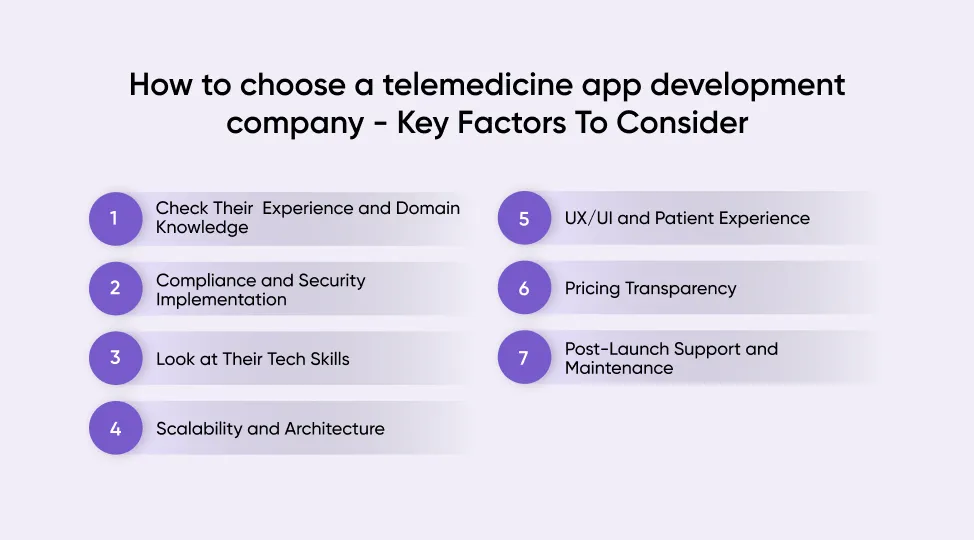
Begin by evaluating the company’s track record in developing healthcare applications. Extensive experience in the medical field is crucial due to its regulatory complexities. Request to review their previous projects, specifically those tailored for hospitals or clinics, to assess their ability to manage your healthcare app development successfully.
Healthcare applications handle sensitive patient information, making security a paramount concern. The development company must prioritize data protection and adhere strictly to essential regulations, including:
A development team's proficiency determines the quality of your app. They must be experts in the latest tools and technologies to ensure your app is robust and future-proof. The team should have extensive experience building mobile healthcare applications, capable of creating a robust backend engine. Additionally, verify their expertise with AI tools and their ability to integrate your app with health devices for seamless data exchange.
The application should be designed to scale in line with business growth, accommodating an increasing number of users and additional features over time.
A reliable development partner will deploy the app using cloud infrastructure, enabling seamless expansion and the capacity to serve multiple hospitals or widespread user bases without performance issues.
User experience is critical to an app’s success. The interface should be intuitive and accessible for all users, including patients, healthcare providers, and administrative staff.
A clean, straightforward design minimizes confusion, while adherence to accessibility standards ensures usability for individuals with disabilities.
You should know what you are paying for from the start in terms of your telemedicine software development. A reputable company will provide you with a clear price list. There should be no hidden fees or surprise costs. The price list should break down the cost for each part of the project. This includes
Finally, the work is not done when the app goes live. A good app requires ongoing support to stay secure and function properly. Your partner should be there for you long after the launch. Make sure they offer a service plan. This plan should promise to provide regular updates. It should also include fixing any bugs and ensuring the app runs smoothly.
The cost of developing a telemedicine app can vary significantly. A simple app can start at around $20,000, while a highly complex one can exceed $150,000. The final price depends on several important factors.
The features you choose and the technology you use have the biggest impact on the total cost.
Features and Integrations: The more features you add, the higher the cost. Basic features include user profiles and scheduling. Advanced features, such as video consultations, payment gateways, and integration with Electronic Health Records (EHR), require additional development work.
Technology Stack and Add-ons: The tools used to build the telemedicine app also affect the price. Adding complex technologies, such as Artificial Intelligence (AI) for diagnostics or the Internet of Things (IoT) for remote patient monitoring, as well as long-term care solutions with telehealth integration, will slightly increase overall costs. Still, it remains one of the safest options nowadays, and you can expect your application to be maintained for a long time.
Complexity and Scalability: The app's size and complexity are crucial factors to consider. A simple app for a small clinic will cost less than a large, scalable solution designed for a national hospital network. Here is a general look at how the complexity of a custom telemedicine app development solution affects cost and time: App Type Estimated Cost (USD) Time to Build Simple App (MVP) $20,000 – $70,000 2–3 Months Medium App $70,000 – $100,000 3–6 Months Complex App $100,000 – $300,000+ 9+ Months
You have two main choices for telemedicine app development. You can hire your own team (in-house) or hire an external company (outsourcing). Outsourcing to an Indian company is often a very cost-effective option.
Here is a comparison:
| Factor | In-House Team | Outsourcing (e.g., to India) |
|---|---|---|
| Cost | Much higher. You pay for salaries, benefits, and office space. Developer rates in the U.S. can range from $100 to $200 per hour. | More affordable. The rates for AI development companies in India range from $25 to $40 per hour, significantly reducing total project cost. |
| Expertise | Your team has deep knowledge of your company's goals but may need training on new technologies. | Immediate access to a team with specialized skills and wide experience across various projects. |
| Scalability | Slow and challenging to grow or shrink the team. Hiring and training new developers takes significant time. | Highly flexible. An outsourcing partner can quickly scale the team up or down based on project needs. |
The world of telehealth is experiencing rapid growth. New tools and ideas are transforming the way we receive medical care from home. Let's examine what's next for telemedicine apps. These future trends will make virtual care smarter, safer, and easier for everyone.
Artificial intelligence plays a crucial role in developing innovative telemedicine applications. Think of it as a competent helper right in the app.
The Internet of Things, or IoT, connects your home health devices to your doctor's office. This includes devices such as smartwatches or blood sugar monitors.
Your health information is very private. Blockchain is a new technology that can help keep it super safe.
For an app to be helpful, you need to understand it. In a country like India, with its diverse languages, this is a significant issue.
A good telehealth app must be reliable and work consistently. It should not crash, even when many people use it at once.
Choosing a telemedicine company to build your health app is a huge step. The partner you choose will determine whether your app is a success. Because of this, it is crucial to make an informed choice. When you look for a partner, focus on what matters most. They must be familiar with all the rules to ensure patient data is kept safe. They need to make an app that is easy for anyone to use. Your app also needs to be strong enough to grow with your business. Ultimately, a good partner will utilize new ideas and innovation to enhance your app's quality. A well-made telemedicine app is powerful. It can change the way we access healthcare in India. It helps more people get the medical care they need. It will also help your medical business thrive in the new digital healthcare landscape.
A telemedicine app development company designs and builds secure digital platforms that connect patients and doctors remotely. They handle everything—from video consultation features and EHR integration to HIPAA/GDPR compliance, data encryption, and cloud scalability—to ensure smooth, safe, and reliable virtual healthcare experiences.
Telemedicine app development makes healthcare accessible beyond hospital walls. It allows patients to consult doctors online, share health data securely, and get prescriptions digitally. Clinics use these apps to reduce wait times, manage records, and reach rural or remote areas efficiently.
A quality telemedicine app development service includes secure video calls, chat functionality, appointment scheduling, e-prescriptions, payment gateways, and EHR integration. Advanced solutions may also offer AI-powered chatbots, IoT-based monitoring, and multilingual support for global patient bases.
When choosing telemedicine app developers, look for proven experience in healthcare software, strong compliance with HIPAA/GDPR, and expertise in cloud-based, scalable architecture. Ask for past healthcare projects, understand their tech stack, and make sure they offer post-launch maintenance and transparent pricing.
A telehealth app development company specializes in healthcare compliance, secure patient data handling, and interoperability with hospital systems like HL7 and FHIR. Unlike generic developers, they understand regulations, patient confidentiality, and medical workflows critical for healthcare apps.
The cost of telemedicine app development depends on app complexity, features, and compliance needs. On average, it ranges from $10,000 for a basic MVP to $100,000+ for a fully integrated, AI-enabled solution. Outsourcing to skilled developers in India can reduce costs significantly while maintaining quality.
AI enhances telemedicine app development solutions by enabling predictive diagnostics, symptom checkers, and smart chatbots. It automates patient triage, improves accuracy, and helps doctors focus on critical cases—making care more efficient and personalized.
Yes. Leading telemedicine app development solutions follow strict security measures such as SSL/TLS encryption, secure cloud hosting, multi-factor authentication, and compliance with HIPAA, GDPR, and Indian Data Protection Standards to protect patient information and ensure data privacy.
Experienced telemedicine app developers can connect your telemedicine platform to hospital management systems, EHRs, and billing software through APIs. This integration helps synchronize patient data, appointments, and prescriptions seamlessly across all healthcare systems.
The future of telemedicine app development services includes AI-driven assistants, blockchain-based data protection, IoT-powered remote monitoring, and real-time cloud scalability. These innovations will make virtual healthcare smarter, safer, and accessible to more people worldwide.
Generative AI Tech Stacks: Choosing the Right Tools for Scalable AI Development
By Dhruv Joshi
5 min read
Choosing Best Tech Stack for Web App Development: Performance, Cost, and Scalability
By Dhruv Joshi
5 min read
Top 9 Tech Stacks for Scalable Web Application Development
By Dhruv Joshi
5 min read
Generative AI Implementation Strategy: From Concept to Deployment (Step-by-Step Guide)
By Sannidhya Sharma
5 min read
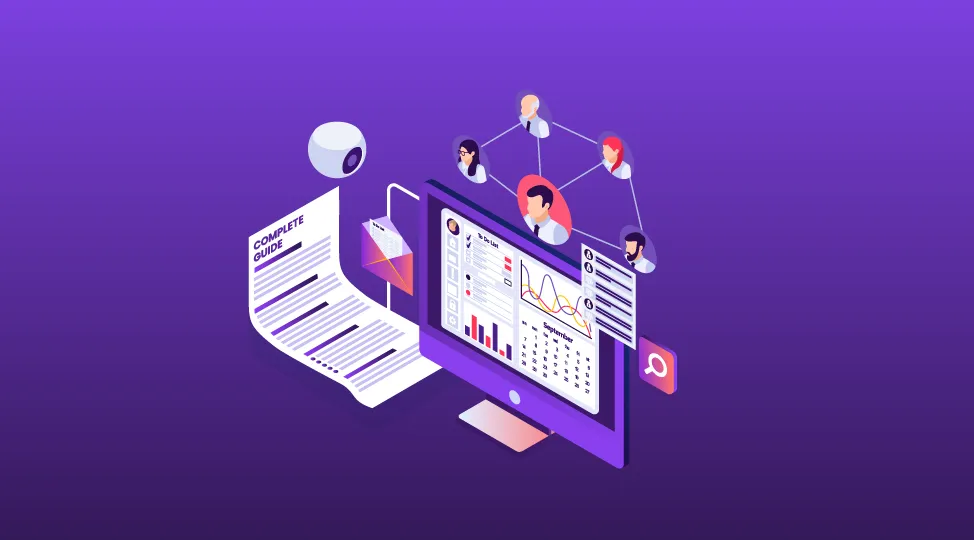
Business

5 min
Plan hr software development the practical way: must-have HRMS features, event-driven architecture, integrations, security controls, and a clear build roadmap. Use cost ranges, effort tables, and partner checklists to choose reliable hr software development companies. See persona-based workflows, a build-vs-buy matrix, and budget levers to launch an HRMS that reduces errors, speeds onboarding, and delivers audit-ready analytics.

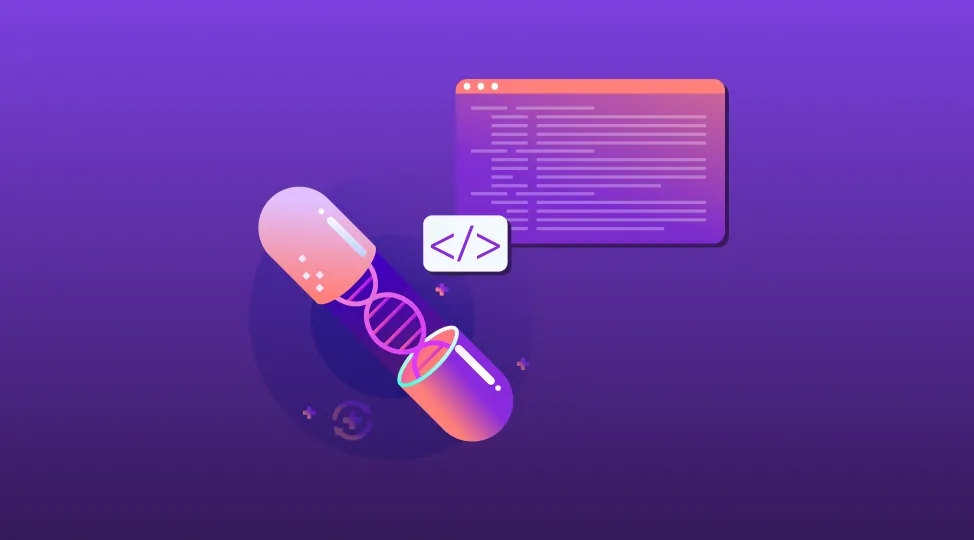
Business

5 min
Learn how pharmacy management software development streamlines dispensing, inventory, billing, and patient engagement. This comprehensive guide covers software types, core modules, tech stack, step-by-step process, must-have 2026 features, costs, and tips for hospitals and independent pharmacies. Build secure, interoperable, cloud-ready pharmacy management software that reduces errors and improves care outcomes.

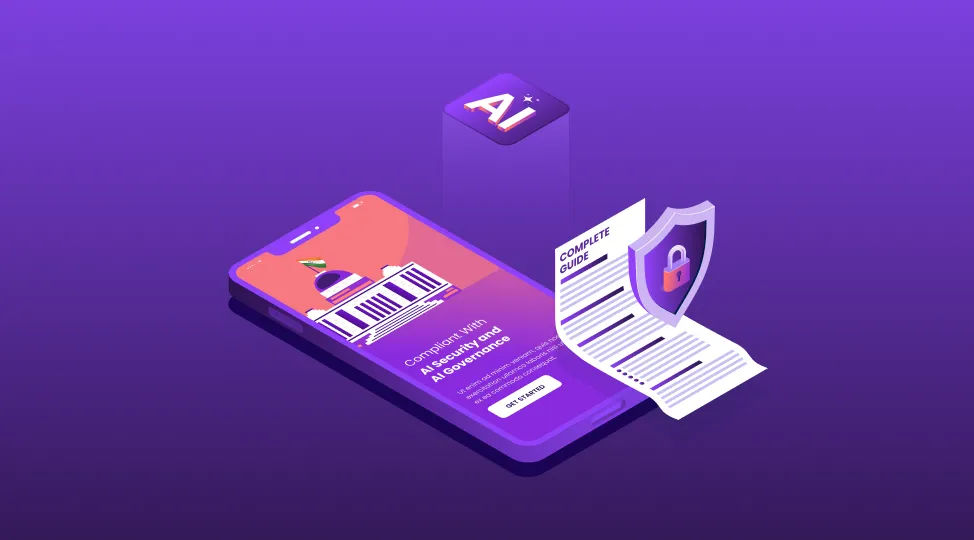
Business

5 min
AI now powers decisions, products, and customer journeys, but it also expands your risk surface. This guide shows how to stay compliant by pairing AI security with strong governance. Learn the key frameworks, what auditors expect, and the practical steps, templates, and checks to build trustworthy, audit-ready AI systems without slowing innovation.

Feeling lost!! Book a slot and get answers to all your industry-relevant doubts